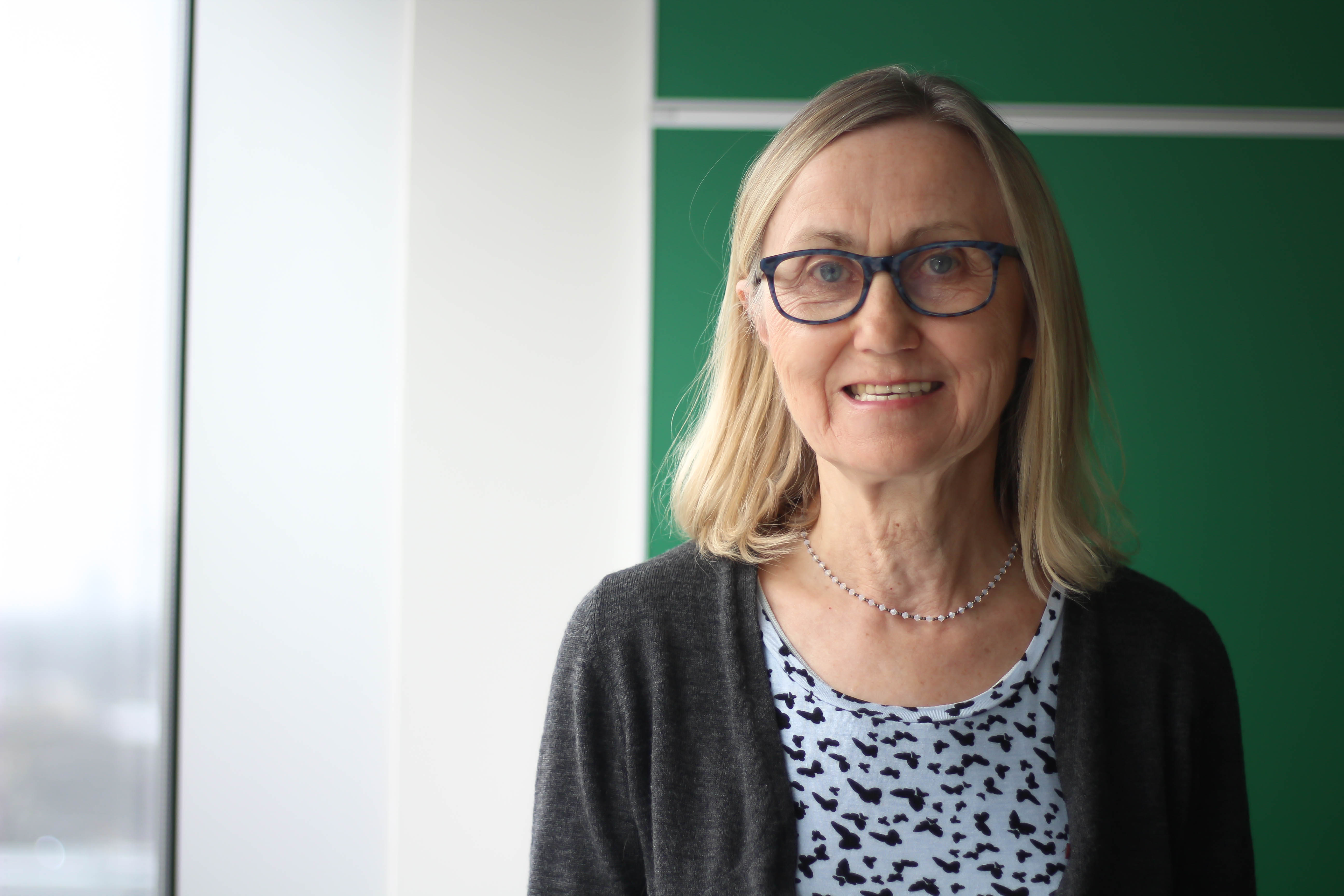
The Children's Environmental Health Clinic, led by clinical professor of pediatrics Irena Buka, has been named a World Health Organization Collaborating Centre.
Ask any new parent what they hope for their child and good health will factor high on the list. Many teach their children the importance of exercise, eating healthy and getting enough sleep. But in our industrialized world, there are risks to children's health that parents have little control over-environmental factors that cannot easily be eliminated.
According to the World Health Organization (WHO), more than one in four deaths of children under five years of age are attributable to unhealthy environments. Every year, environmental risks-such as indoor and outdoor air pollution, second-hand smoke, unsafe water, lack of sanitation and inadequate hygiene-take the lives of 1.7 million children under the age of five. Some factors are more difficult to monitor and track than others.
It is a growing area of concern for health professionals and one a team of physicians from the University of Alberta is seeking to tackle head on through a new partnership with the WHO.
"Often the approach to common pediatric problems is writing prescriptions to treat them rather than look at what is causing and exacerbating the problems. What's holding physicians back is that they aren't being trained in this emerging pediatric field." -Irena Buka
The Children's Environmental Health Clinic (ChEHC), based at Edmonton's Misericordia Hospital and run by the U of A's Department of Pediatrics, has been named a WHO Collaborating Centre. Led by clinical professor of pediatrics Irena Buka, the team behind the clinic will develop, promote and deliver educational tools and strategies for health professionals and policy-makers in child health and environment issues.
"This work is very relevant-not just for now but for down the road," says Buka. "Often the approach to common pediatric problems is writing prescriptions to treat them rather than look at what is causing and exacerbating the problems. What's holding physicians back is that they aren't being trained in this emerging pediatric field. We hope to address that."
Buka's team has a four-year agreement with the WHO to develop and update modules to better educate physicians globally on the issues of children's environmental health. The modules will be available freely on the WHO website.
"Children are especially vulnerable and we know very little how chemicals impact them. Much of the toxicological evidence we do have is based on adults. That makes this effort even more interesting, especially for a pediatrician. We need to raise awareness among health practitioners to make them aware of the issues and to train them how to tackle the problems," says team member Alvaro Osornio-Vargas, a professor of pediatrics at the U of A.
"Children are especially vulnerable and we know very little how chemicals impact them. Much of the toxicological evidence we do have is based on adults." -Alvaro Osornio-Vargas
The effects of climate change are also believed to be having a significant health impact.
Buka says air pollution is becoming an increasingly difficult problem at home and abroad-one that is directly linked to rising global temperatures. She notes the issues go beyond just air pollution.
"Diseases are becoming more common in Canada because we are getting warmer," says Buka. "When I first came to Canada as a young doctor, infectious diseases like Lyme disease were a rarity. Since then it really has moved its borders, in that now we are much more likely to diagnose it."
Buka's team is hopeful its efforts will help spark conversations, and ultimately spur on the development of solutions for environmental health issues that, until recently, have often slipped under the radar.
"We are addressing world-wide problems," says Osornio-Vargas. "This is our way of giving back to society."